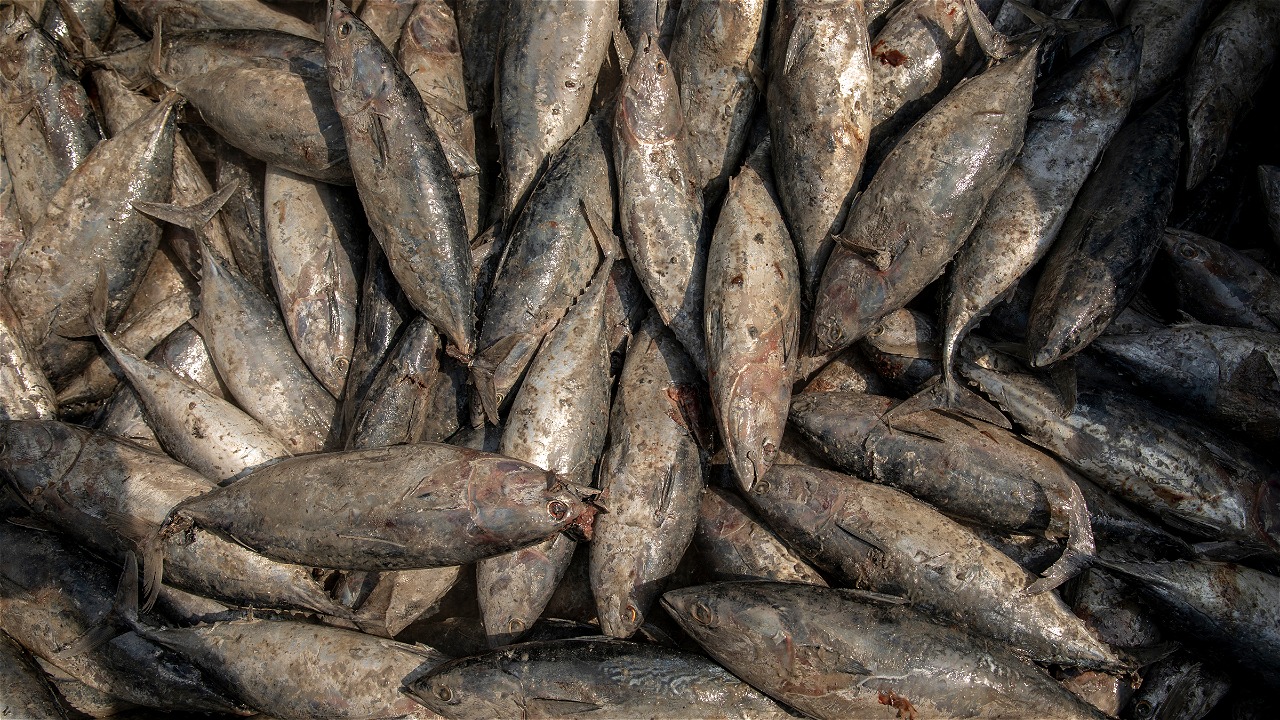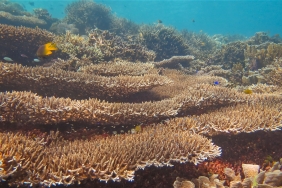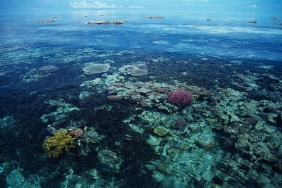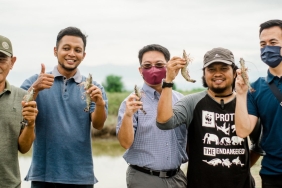THESE ARE INDONESIA'S 5 TARGETS TO IMPROVE SUSTAINABLE TUNA FISHERIES
By: Saraswati Adityarini (Capture Fisheries Officer, WWF-Indonesia)
From the review of the tuna fishery improvement program, 5 improvement targets were identified. First, target species management. Harvest strategy is still a concern because there is no strong evidence that both harvest control rule and harvest strategy have been implemented effectively. The next homework is to provide reference points (reference points), which is a specific value of an indicator used as a reference in fisheries management.
Second, promoting an ecosystem-based approach (EAFM) to fisheries management. Some of the achievements that have been made are the availability of several regulations to protect and ban the export of several types of sharks, and the start of the observer on board program.
Third, the improvement of tuna management plans. Meanwhile, the fourth is the strengthening of fisheries management institutions (WPP). The role of the management institution is currently considered not too significant since it was established, especially in relation to supporting decision-making and policies for management.
The fifth target is the effective implementation of a compliance system. This compliance includes the recording of fishermen's catch (logbook).
The availability of good data is the most fundamental problem. In fact, several important things are motivated by the level of compliance in filling out a good and correct logbook, including being able to determine the condition of the stock and produce management tools that support the implementation of the harvest strategy.
"In the future, the results of the evaluation of the logbook filling will be the basis for whether or not the vessel operation license is extended," explained the Directorate of Fish Resource Management (PSDI) of the Directorate General of Capture Fisheries (DJPT), KKP RI.
"However, there are still many things that must be improved for this, including the capacity of human resources, and good coordination between authorities from the regional to the central level," he continued.
June 2019, Indonesia Targets Harvest Strategy Tuna Fisheries Available
The results of this meeting resulted in several activities that were formulated as priorities to be carried out in the near future by considering Indonesia's plans to immediately achieve MSC.
First, by June 2019, the harvest strategys of the archipelago waters is targeted to be available. "To achieve the formulation of this harvest strategy , an exclusive meeting of stakeholders from researchers, government, to industry players to share data will be held soon," explained Hary Christijanto, M.Sc, Fisheries Supervisor for Fishing, Associate Expert, Dit. PSDI - DJPT.
In addition, secondly, increasing the number of observers on board to support the availability of logbook fishing data that has not been recorded and reported properly.
Then, third, there is a need for a white book (wwhite ppaper) that describes the condition of the status of small pelagic fish utilization. For example, kite/mackarel as bait fish in the tuna fishery using long line, or marlin and tuna as bycatch in the tuna fishery using purse seine. It is important to study the stocks of these non-target fishes.
It is hoped that the results of this pre assessment workshop can be passed on and understood at the regional level later. Therefore, the role of associations and various NGOs is very important to ensure that assisted groups in various regions in Indonesia can make their best contribution to the improvement of tuna fisheries in Indonesia.





